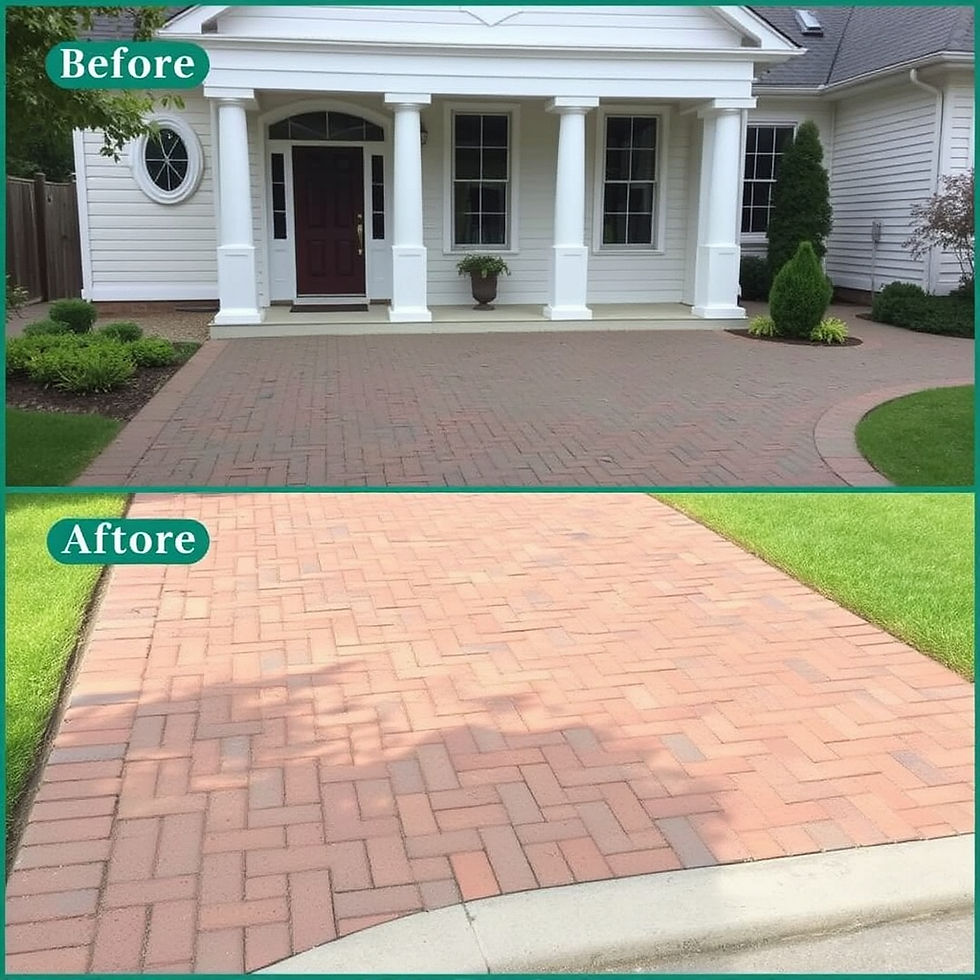From Japandi to Maximalist: Why Rugs Still Tie It All Together
- Staff Desk
- Sep 10
- 4 min read
Updated: Sep 20

Rugs are more than soft flooring. They bring warmth, reduce noise, and make rooms feel cohesive. It is easy to forget how much they contribute until you walk into a space that does not have one.
Styles shift over time, but rugs always find their place. They work in both clean, minimal spaces and homes filled with colour and detail. Each one adds a layer that makes interiors feel more connected, encouraging you to experiment with different design directions.
This article explores how rugs continue to play a vital role in today’s most popular interior styles.

Rugs in Bohemian Interiors
Bohemian interiors are layered, relaxed, and full of personality. Because there are no strict rules to follow, rugs have more freedom to stand out. Whether you choose bold colours, tribal prints, or vintage designs, each option contributes to a lived-in and collected atmosphere.
One type that fits seamlessly into Bohemian style is a hand loomed rug. These rugs often feature small imperfections, but that is what makes them special. They feel crafted rather than manufactured and bring a raw, natural texture to the room.
Layering rugs is also a common Bohemian practice. It usually involves placing a smaller patterned rug over a larger neutral base rug. This technique adds depth and variety, giving the room character without looking overly styled. The effect feels casual yet thoughtful, which captures the spirit of the Bohemian look.
Rugs in Japandi Spaces
Japandi design blends Japanese minimalism with Scandinavian functionality. The style creates calm, simplicity, and order, with a focus on clean lines, muted colours, and natural materials. A rug in this context should feel soft underfoot without drawing too much attention.
The right rug enhances the look by introducing quiet texture and a sense of warmth. Neutral tones such as soft grey or beige work well, especially when made from natural fibres like wool, jute, or cotton. These choices ground the space while keeping the design balanced and flowing.
Instead of serving as a bold statement, the rug becomes a backdrop that allows the furniture and materials to take centre stage. This balance helps the room feel complete and welcoming without being crowded.

Rugs in Scandinavian Rooms
Scandinavian interiors focus on light, comfort, and simplicity. They often feature pale wood, white walls, and straightforward furniture. Without texture, these spaces can sometimes feel flat or cold.
A soft rug breaks up hard surfaces and adds warmth, creating a cosy and inviting atmosphere. Wool rugs or flat weaves are ideal because they are functional, easy to clean, and understated. A subtle pattern such as stripes or geometric shapes introduces just enough visual interest without overwhelming the space.
Rugs also play a role in reducing noise, which is especially helpful in homes with open layouts or hardwood flooring. Even one large rug in a lounge area can soften echoes and make the room more welcoming. It is a small detail with a significant effect.
Rugs in Industrial Settings
Industrial interiors often highlight raw finishes such as metal, brick, and concrete. These elements give a space a bold and open character, but they can also feel sharp or echoey. Rugs soften the edges and ensure the overall design feels both practical and stylish.
In these settings, a large area rug made from durable materials like wool or synthetic fibres can anchor furniture and define zones within an open-plan layout. You might find one placed beneath a leather sofa or under a long dining table. It prevents the space from feeling too empty while maintaining the strong lines and striking finishes of industrial style.
Neutral tones such as charcoal or tan often work best, while a faded Persian-style rug can add warmth and contrast without clashing. The aim is not to conceal the raw finishes but to balance them.
Rugs in Maximalist Rooms
Maximalist interiors are defined by bold colours, rich textures, and layered details. Every corner of the room contributes to the design, so the rug must play a central role rather than fading into the background.
A rug acts as an anchor in these spaces. Large rugs with bright patterns or deep colours help connect all the other pieces in the room. Instead of being lost in the visual energy, the rug becomes a unifying element that ties everything together.
Placement is also important. A rug that extends beneath most of the furniture brings the design into harmony and prevents the room from looking cluttered with separate pieces. This is especially valuable in maximalist spaces, where the abundance of detail can otherwise feel scattered.

Final Thoughts
Rugs may seem like a small part of decorating, but their influence is undeniable. They bring comfort, reduce noise, and create a sense of connection within a room. Across all interior styles, rugs quietly do their part to make spaces feel complete.
Trends will continue to change, but rugs will always serve as the link that ties everything together. Their enduring presence proves that they are not just decorative accessories but essential design elements. That kind of staying power speaks volumes about their role in our homes.



Comments